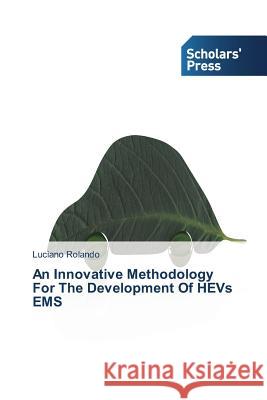An Innovative Methodology For The Development Of HEVs EMS » książka
An Innovative Methodology For The Development Of HEVs EMS
ISBN-13: 9783639514513 / Angielski / Miękka / 2014 / 128 str.
Although Hybrid Electric Vehicles (HEVs) represent a powerful technology to save fuel and reduce pollutant emissions, through the synergic use of a conventional internal combustion engine and one or more electric machines, their performance strongly depends on the control strategy that defines the operating mode and shares the power demand among the different power actuators at each time instant. Consequently the aim of this work is the definition of a comprehensive methodology to develop, through numerical simulation, a sub-optimal hybrid powertrain control strategy: two specific hybrid architectures will be taken into account as test cases in order to highlight the effectiveness of the proposed methodology. Starting from the problem formulation, the ideal performance of the vehicles will be analyzed through a global optimization algorithm in order to point out information which can be used to define new control laws. Coupling these information with an approach based on the instantaneous minimization of a cost function, a sub-optimal energy management system will then be developed and tested in typical driving conditions
Although Hybrid Electric Vehicles (HEVs) represent a powerful technology to save fuel and reduce pollutant emissions, through the synergic use of a conventional internal combustion engine and one or more electric machines, their performance strongly depends on the control strategy that defines the operating mode and shares the power demand among the different power actuators at each time instant. Consequently the aim of this work is the definition of a comprehensive methodology to develop, through numerical simulation, a sub-optimal hybrid powertrain control strategy: two specific hybrid architectures will be taken into account as test cases in order to highlight the effectiveness of the proposed methodology. Starting from the problem formulation, the ideal performance of the vehicles will be analyzed through a global optimization algorithm in order to point out information which can be used to define new control laws. Coupling these information with an approach based on the instantaneous minimization of a cost function, a sub-optimal energy management system will then be developed and tested in typical driving conditions











